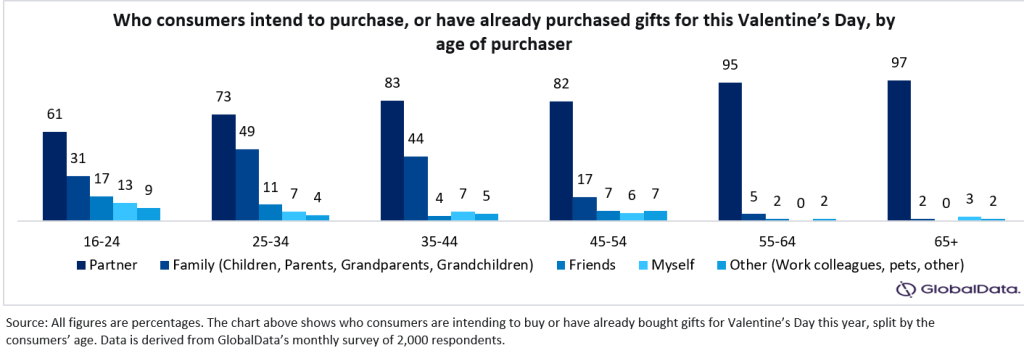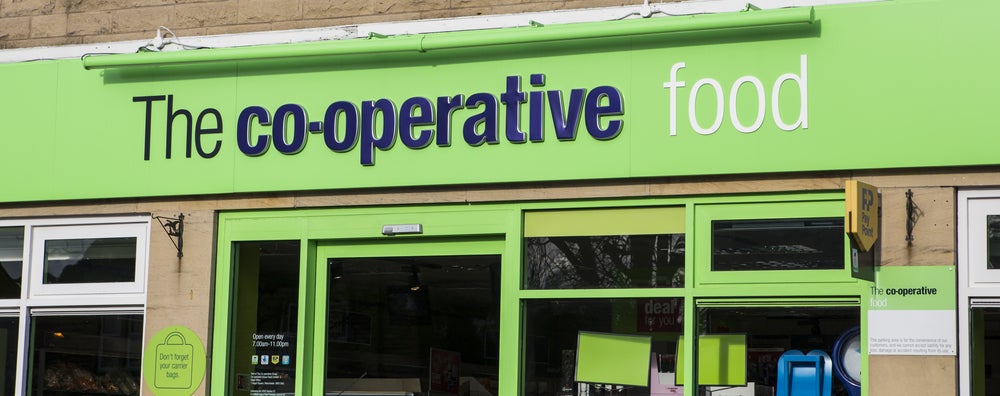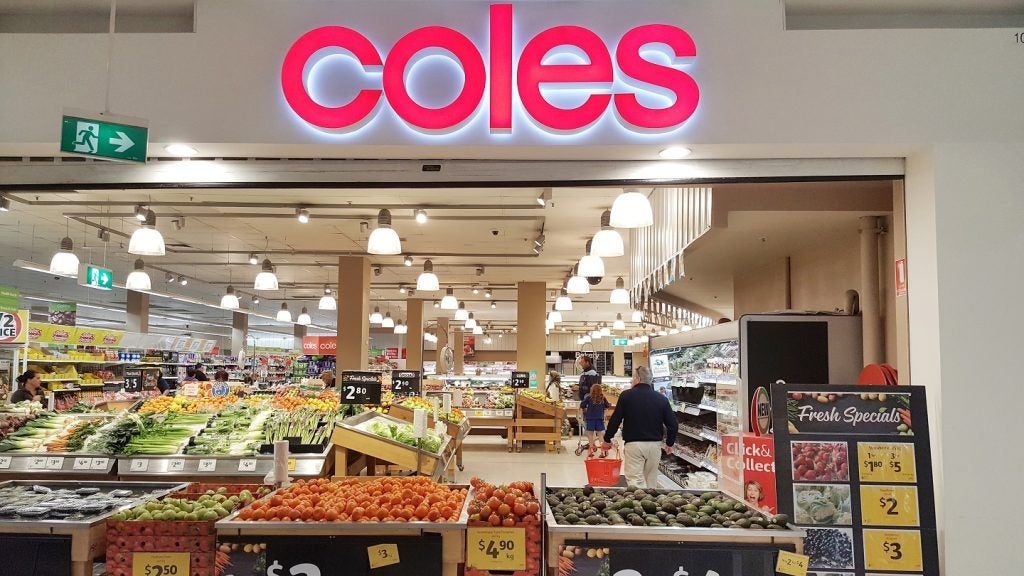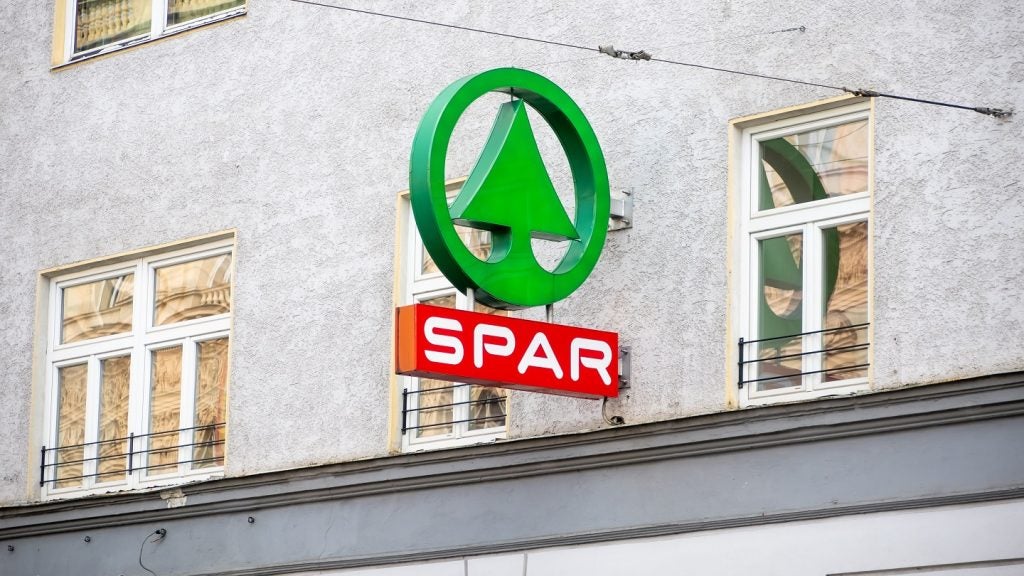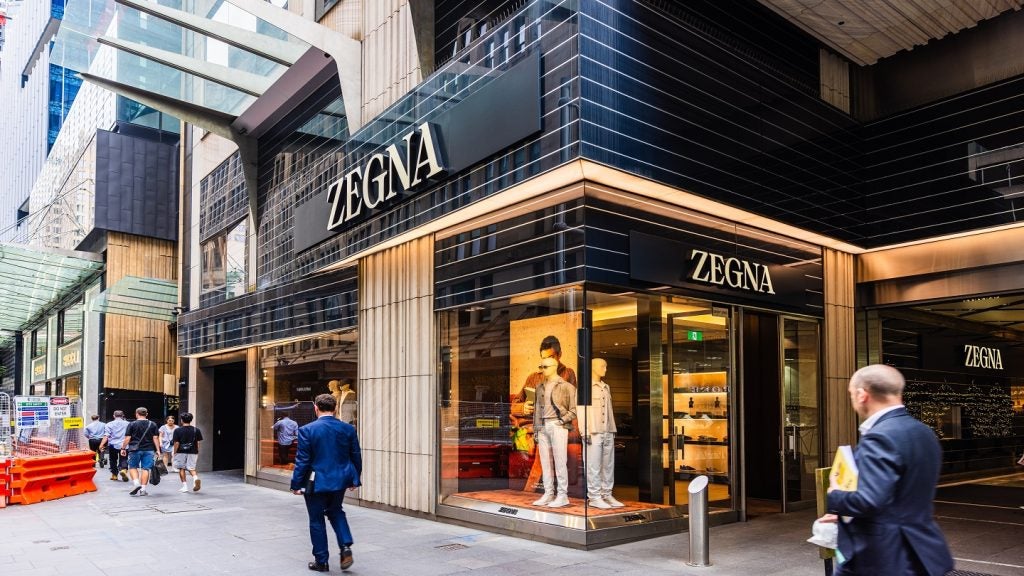Retailers must reflect the diversity of consumers celebrating Valentine’s Day this year with clear messaging to target those purchasing for family, friends and themselves. With Valentine’s Day shopping intentions highlighting a negative sentiment towards the day and a move away from traditional gifts and recipients, 16 to 24-year-olds are expected to drive Valentine’s Day spending in 2024.
This age group feels more positive about the occasion, in contrast to older cohorts who more typically restrict celebrations to spouses and partners. With the traditional message of Valentine’s Day being one celebrated between couples, this younger generation of consumers will expect retailers to move away from traditional messaging to reflect a diversified celebration of love within both platonic and romantic relationships.
47.3% of 16 to 24-year-olds agreed that “Valentine’s Day is not just an occasion to treat my partner - I like to buy gifts and cards for other loved ones” compared to just 27.2% of those aged 45 tp 54 years old. As such, greeting card ranges should be expanded to offer options which have a less specific recipient. Given the prevalence of anti-Valentine’s Day sentiment and the celebration of Galentine’s Day (a day celebrated between female friends), retailers should also introduce gift finders and recommendations for all recipients to broaden gifting options available for consumers to celebrate with loved ones this year.
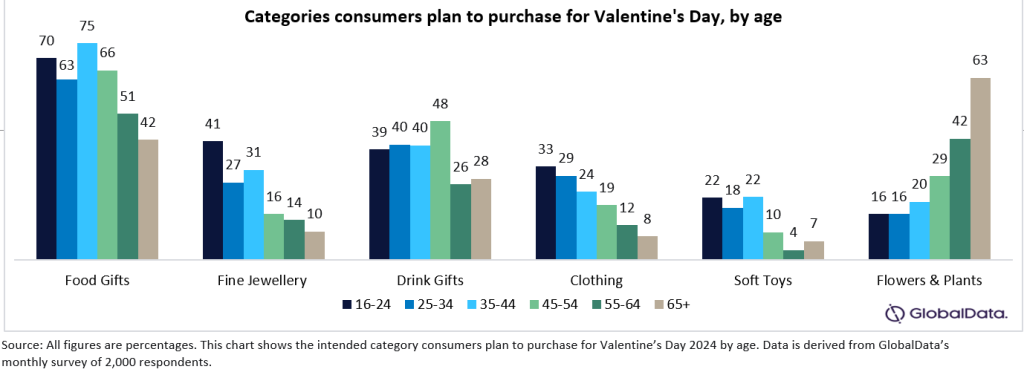
Intended categories for spend this Valentine’s Day show a more varied purchase intention, with younger shoppers showing a preference to purchase clothing such as lingerie, along with soft toys and jewellery. For consumers looking to purchase non-perishable items, small inexpensive items such as teddies, themed socks and personalised accessories including key chains and bracelets must be showcased through social media platforms such as TikTok and Instagram to drive spend among 16 to 24-year-olds. Consumers intend to spend the day participating in activities such as dining at home, spending time with family or participating in social events, retailers must therefore broaden product ranges and marketing messages to drive engagement with older generations and consequently boost sales.


